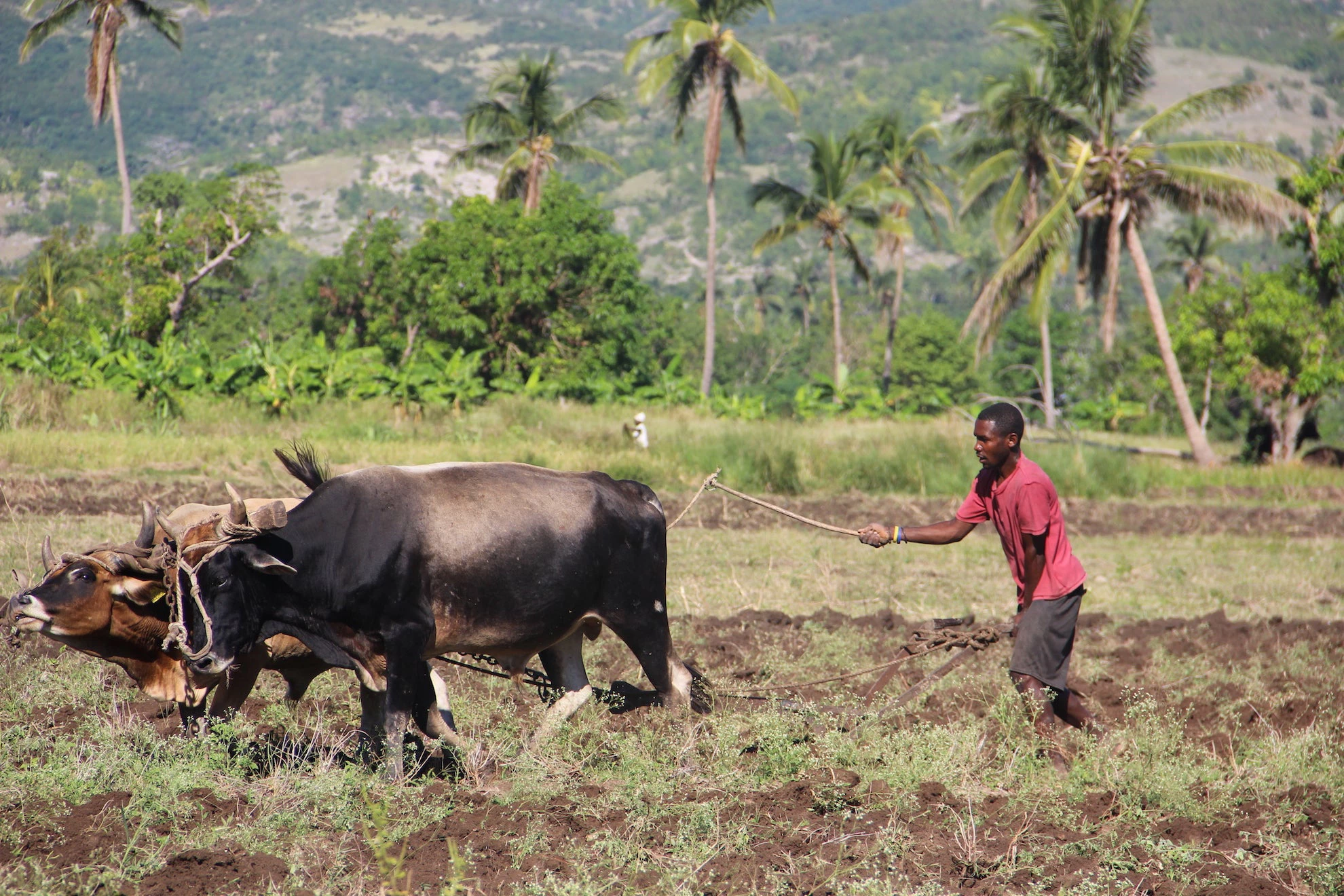The world’s third most affected country in terms of climatic events, Haiti seeks to better manage natural hazards to improve resilience
Haiti is highly vulnerable to natural hazards. Situated within the north Atlantic hurricane belt, andsat on top of the boundary between the Caribbean and North American plates, the risks are constant. However, this does not mean that disasters are inevitable.
Every March for the past 10 years, the Civil Protection Department (DPC in French) prepares itself for the coming hurricane season from June to November. This includes a national and multiple departmental contingency plans along with clear guidelines on how resources are to be dispersed in case of a disaster.
“The Civil Protection Department has worked hard this year to prepare for the hurricane season since Haiti is situated in a hurricane corridor and we regularly expect to see hurricanes, flooding and landslides,” explained Mme Alta Jean-Baptiste, Director of the Civil Protection Department.
"We undertook simulations in the department of the South, particularly around Camp-Perrin. Such exercises help better prepare the structures in place for civil protection, allow us to test our contingency plans and strengthen coordination - that is to say the understanding and application of protocols and procedures for emergency management and coordination,” Baptiste added.
These plans went into action one hundred days ago, following the category four hurricane Matthew, which swept through the southern departments of Haiti with winds of up to 230km/h, causing over US$604 million in damage and losses. In less than 24 hours, over 600mm of rain fell on the affected provinces, accompanied by a sea-level rise on the southern coast of over three meters, resulting in widespread flooding in the three most affected departments of Sud, Grand’Anse and Nippes.
These three regions also represent the country’s breadbasket. Together they produce over 85% of the country’s maize, rice, sorghum, haricot bean and pea crops, along with close to two fifths of national fruit production. Following Hurricane Matthew, up to 90% of crops were lost in some areas, representing the grand majority of the winter harvest.
It’s a reflection of how vulnerable the agricultural sector in Haiti is to tropical storms and hurricanes. On average, around 50% of damages and losses in production following a tropicalstorm, are concentrated in the agricultural sector.
At a national level, agriculture generates half of all employment in the country, rising to 66% in rural areas. And in low income, rural households, 75% depend on agriculture for their income.
Increasing resilience in the agricultural sector therefore, has the added benefit of protecting the livelihoods of some of the country’s poorest households.
The crop losses after Matthew further increased worries of food insecurity in the country. Consequently, rescuing and replanting as much of the winter harvest has been a key priority over the past 100 days.
With Bank support, the government was able to provide 3,000 farmers with seeds, fertilizer and ploughing assistance to help them replant as quickly as possible. Through the Strengthening Agriculture Public Services project. Cash for work initiatives was also supported to rebuild crucial irrigation canals that had been washed away by the hurricane and provided vitalemployment opportunities for local communities.
The harvest is due in February and already farmers are optimistic and expecting it to be a goodone.




Join the Conversation